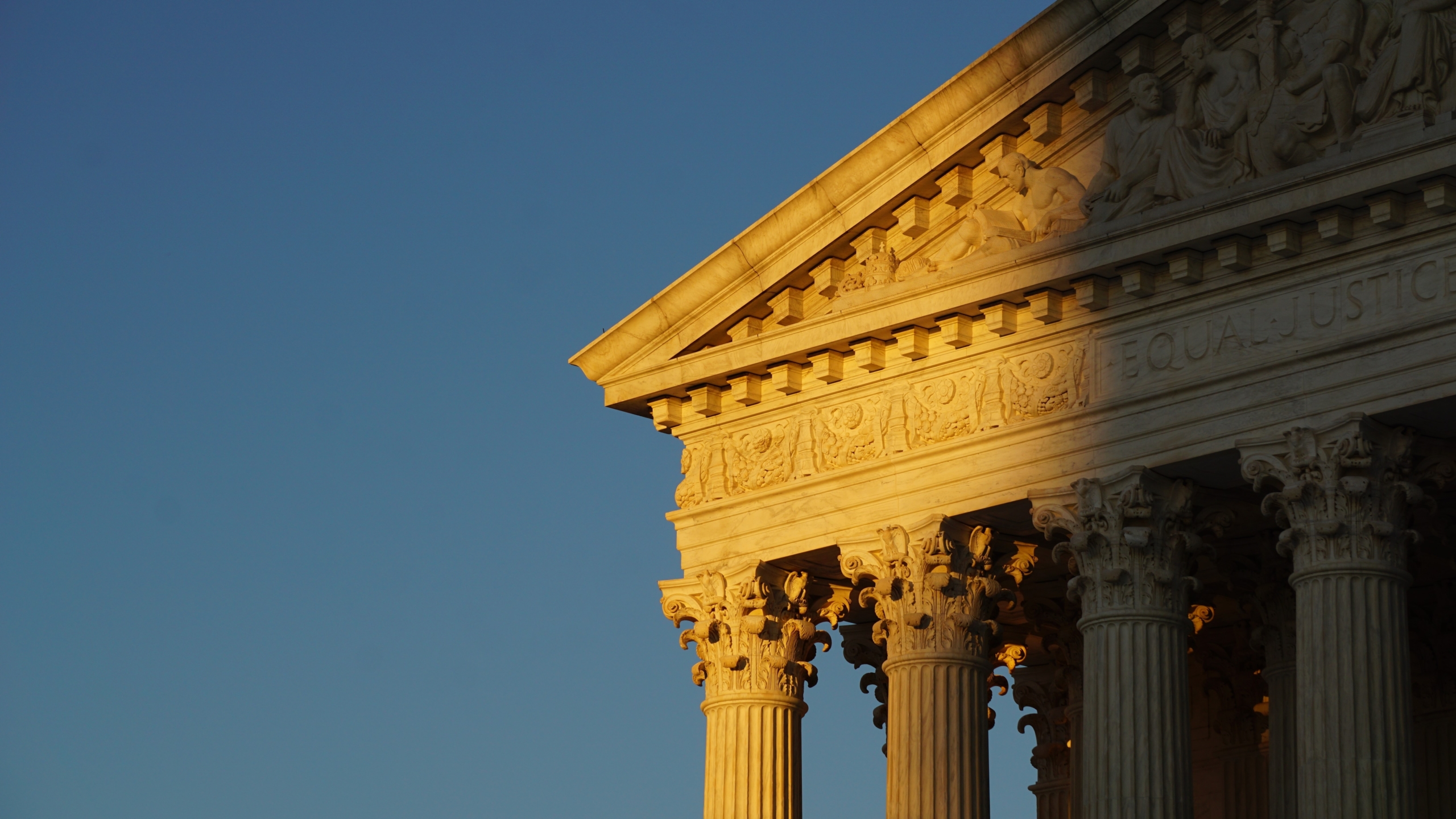On December 11, 2020, the United States Supreme Court granted certiorari in Goldman Sachs Group, Inc., et al. v. Arkansas Teachers Retirement System, et al. No. 20-222, 2020 U.S. LEXIS 5993 (U.S. Dec. 11, 2020), to review a Second Circuit Court of Appeals decision, which involves issues of class certification in the context of shareholder securities class action litigation.
The questions presented on appeal are: (1) whether a defendant may rebut the Basic presumption by pointing to the generic nature of the alleged misstatements, even though that evidence is also relevant to the substantive element of materiality; and (2) whether a defendant seeking to rebut the Basic presumption has only a burden of production or also the ultimate burden of persuasion.
Plaintiffs, purchasers of Goldman Sachs’ common stock during the period of February 5, 2007 through June 10, 2010, filed suit in the U.S. District Court for the Southern District of New York. Plaintiffs allege that Goldman Sachs and certain senior executives violated Sections 10(b), 20(a) and Rule 10b-5 of the Exchange Act by making material misstatements about Goldman Sachs’ conflicts of interest policies and business practices, which were ultimately revealed through government investigations and certain enforcement actions with respect to Goldman Sachs’ role in three collateralized debt obligation (“CDO”) transactions. Plaintiffs further allege that Goldman Sachs permitted certain hedge fund clients to select mortgages that were adverse to the general CDO investors and to the hedge fund clients’ benefit. Goldman Sachs concurrently held short positions in these transactions. Yet, Goldman Sachs’ statements in its public filings purported the client interests “always come first” and that “integrity and honesty” mattered. Plaintiffs contend that under the “inflation maintenance theory,” the misstatements in Goldman Sachs’ public filings prevented the stock prices from decreasing, and the misstatements, which ultimately came to light as a result of the government investigations, resulted in $13 billion in damages.
To prevail under section 10(b) and Rule 10b-5 of the Exchange Act, Plaintiffs must prove: “reliance upon the misrepresentation or omission [or transaction causation],” among other elements Stoneridge Inv. Partners, L.L.C. v. Scientific-Atlanta, Inc., 552 U.S. 148, 157 (2008). In the context of class action securities litigation, and under Basic Inc. v. Levinson, 485 U.S. 224 (1988), plaintiffs have been able to invoke a rebuttable presumption of class-wise reliance at the class certification stage, thereby mitigating any requirement to establish individualized reliance for each member of the proposed class. In other words, courts may presume reliance on a class-wide basis if the plaintiffs “establish certain prerequisites-namely, that [the] defendants’ misstatements were publicly known, their shares traded in an efficient market, and [the] plaintiffs purchased the shares at the market price after the misstatements were made but before the truth was revealed.” Ark. Teachers Ret. Sys. V. Goldman Sachs Grp., Inc., 879 F.3d 474, 484-85 (2d Cir. 2018). The idea behind Basic is that investors presume theoretically efficient markets, such as the New York Stock Exchange or Nasdaq, incorporate all public information – including material misstatements – into a share price. Basic, 485 U.S. 224 at 246.
In 2014, in Halliburton Co. v. Erica P. John Fund, Inc., 573 U.S. 258, 283-84 (2014) (“Halliburton II”), the Supreme Court clarified that defendants must be afforded an opportunity to rebut the Basic presumption that the alleged misrepresentation did not impact the market price at the class-certification stage through evidentiary means.
Since Halliburton II, however, courts have been split in determining how defendants can rebut the Basic presumption. In this case, and through the use of two pricing experts, Goldman Sachs attempted to challenge the U.S. District Court’s grant of class certification in arguing that the alleged misstatements were generic in nature and did not ultimately have any impact on the transactions’ share prices. However, the Second Circuit decided that the shareholders relied on such statements when initially purchasing shares of Goldman Sachs’ stock, and rejected Goldman Sachs’ argument that permitting class action lawsuits based on purportedly generic statements would result in a flood of class action lawsuits that potentially implicate billions of dollars in alleged damages.
Goldman Sachs contends that if the Second Circuit Court decision is permitted to stand, it will guarantee plaintiffs the ability to obtain class action certification in virtually any securities class-action case premised on the “inflation maintenance theory.” Specifically, plaintiffs will only be required to identify a drop in a company’s stock price following the disclosure of alleged misconduct and assert that the stock price was artificially inflated through boilerplate statements set forth in nearly all companies’ public filings to achieve class certification.
The forthcoming Goldman Sachs decision will likely have significant economic and market impacts, particularly if the Supreme Court affirms the Second Circuit’s decision. If so, the perceived decreased barriers to class certification in private securities litigation will not only have an impact on offerors of securities, but also investors, regulators, and the American financial markets as a whole. The Supreme Court will likely render a decision in June 2021.

